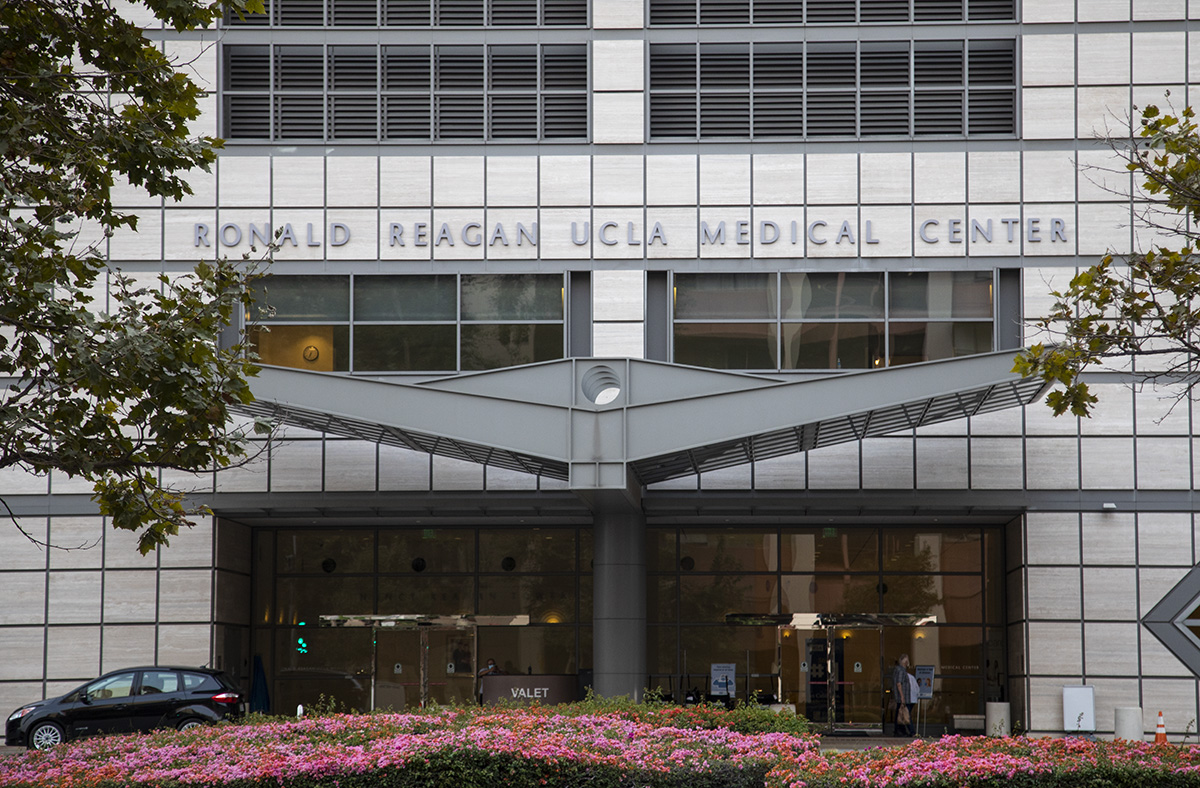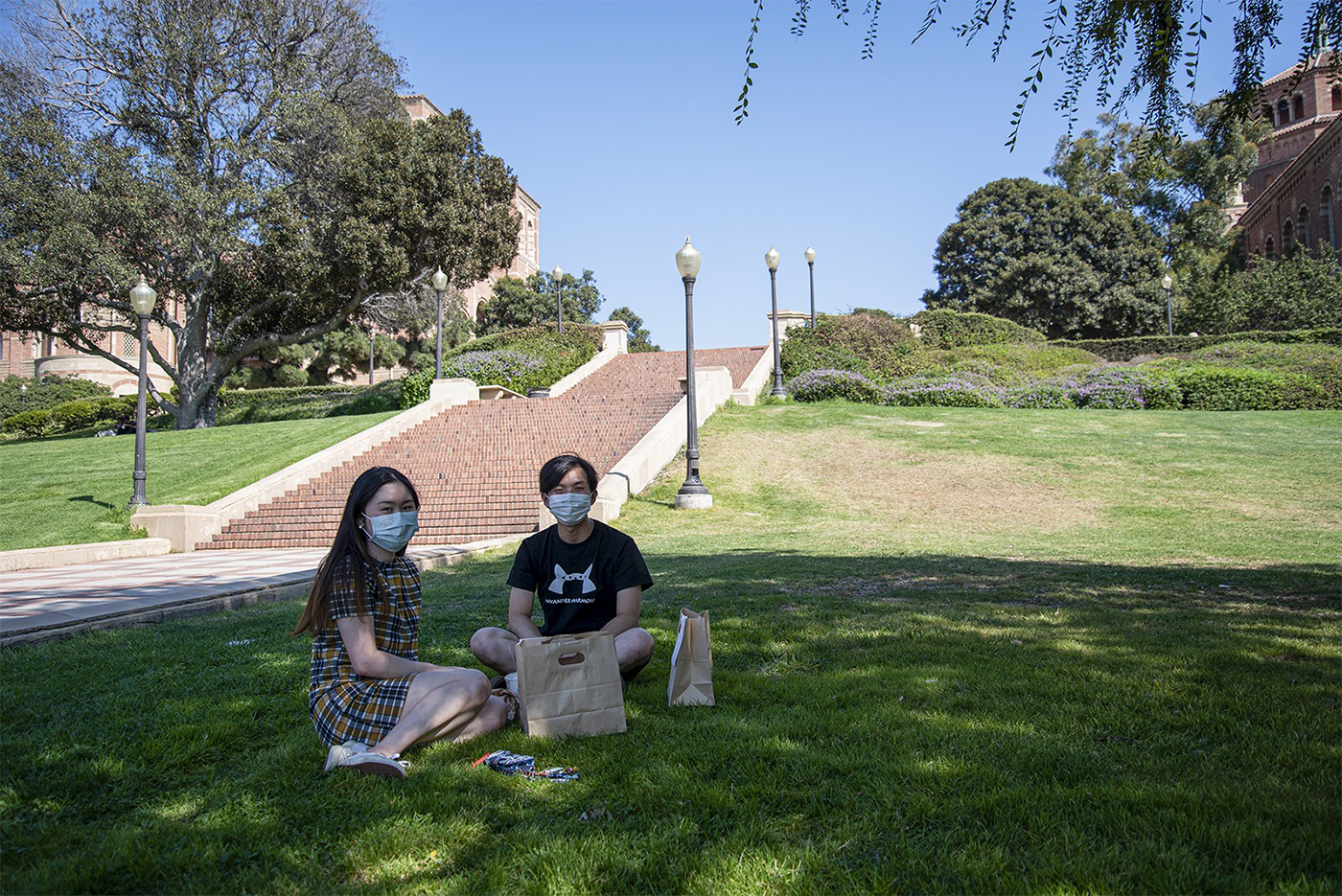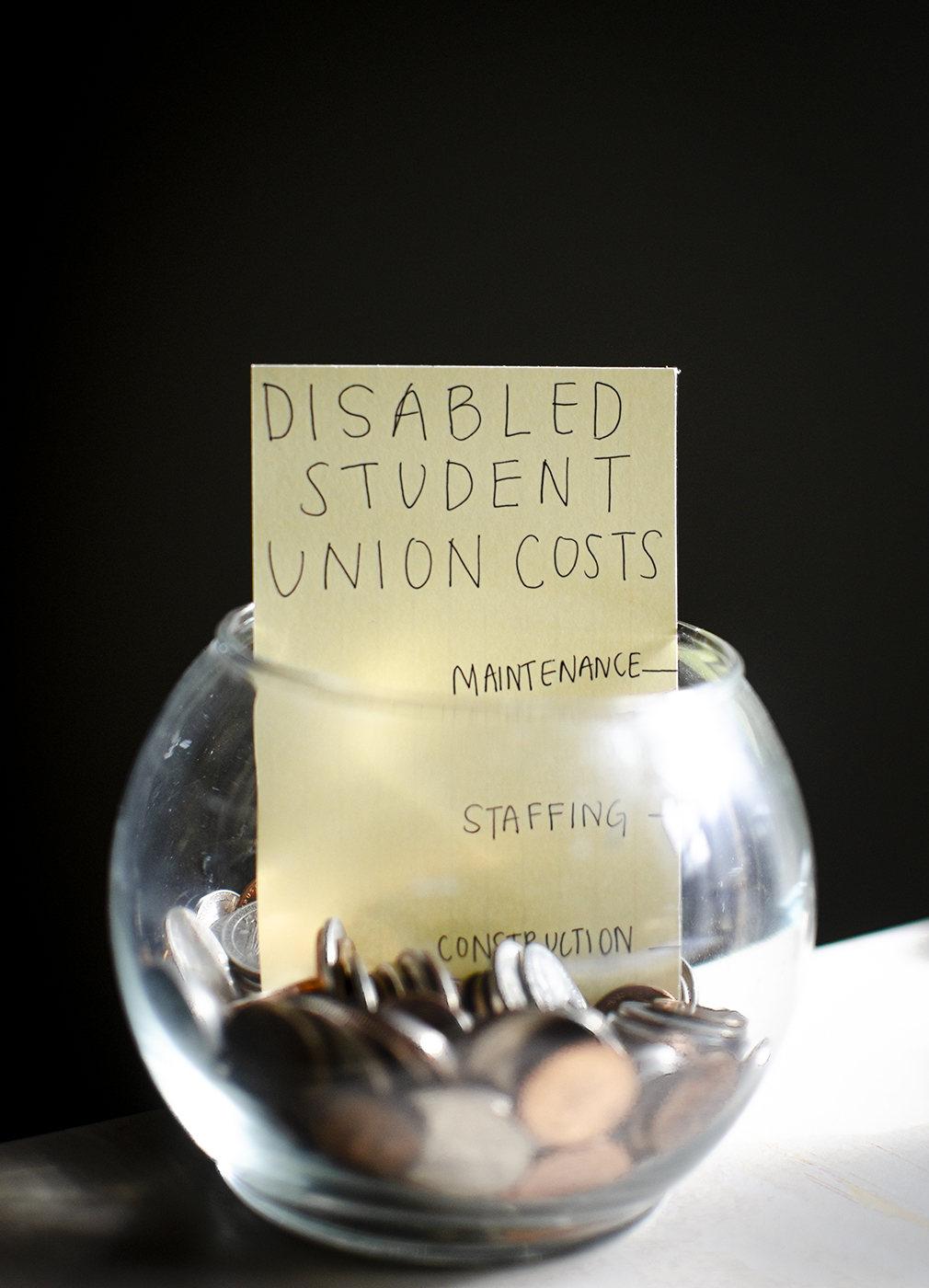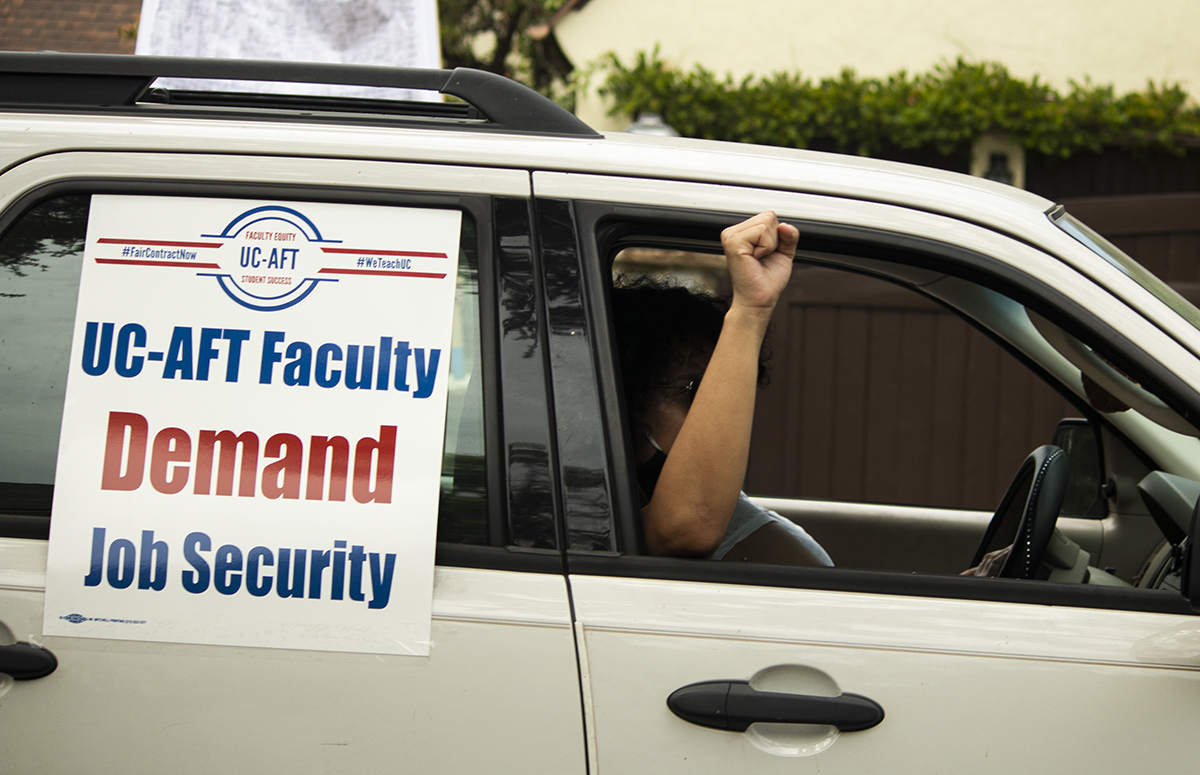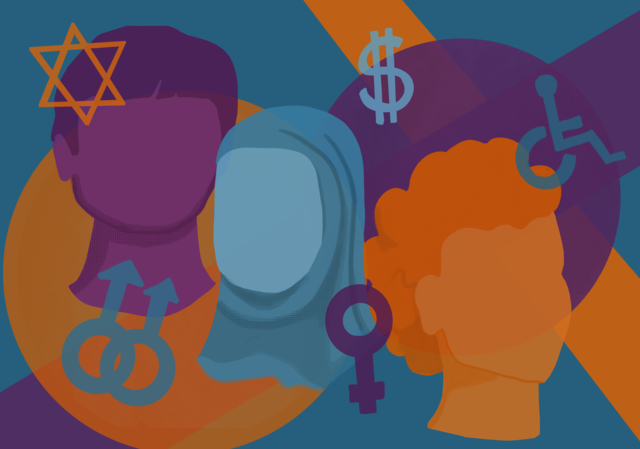Opinion
Dec. 1, 2021 9:54 p.m.Opinion: UC system should adjust US history requirement to improve quality of education
The University of California claims its mission is to provide societal benefits through education and knowledge.
But at the moment, it puts the weight of its students’ United States history education on the shoulders of the high school education system.
By Sophia Kloster
Opinion
Oct. 10, 2021 9:39 p.m.Opinion: Ronald Reagan UCLA Medical Center must be renamed to reflect hospital’s values
This post was updated Oct. 12 at 8:41 a.m.
As one of the top-performing hospitals in the country, Ronald Reagan UCLA Medical Center has only grown in importance during the COVID-19 pandemic.
By Sophia Kloster
Opinion
April 24, 2021 3:27 p.m.Opinion: Safety measures remain important for students even as reopenings gradually occur
This post was updated April 25 at 6:46 p.m.
With increased vaccination rates and plans to return to campus fall quarter, the end of Zoom University is finally in sight for Bruins.
By Sophia Kloster and Taber Ball
Opinion
March 8, 2021 1:42 p.m.Opinion: California legislators need to take action to address climate crisis
The climate crisis is as urgent of an issue as ever, and California’s lack of action isn’t helping.
Over the past century, ocean surface temperatures have risen by an average of 0.13 degrees Celsius each decade.
By Sophia Kloster
Opinion
Feb. 2, 2021 12:49 p.m.Opinion: UCLA must increase communication about vaccination to inform fall quarter plans
The University of California’s announcement to return to in-person instruction in the fall likely came as welcome news to students.
But it may raise more questions than answers.
By Sophia Kloster
Opinion
Jan. 8, 2021 2:49 p.m.Opinion: Disability Cultural Center would provide much-needed space for community on campus
This post was updated Jan. 8 at 8:54 p.m.
Navigating the ableist nature of higher education in UCLA’s sprawling campus is a challenging feat for students with disabilities.
By Sophia Kloster
Opinion
Sept. 28, 2020 3:33 p.m.Opinion: UCLA diversity requirement courses must prioritize intersectionality
UCLA may be the nation’s No. 1 public school, but the university is far from perfect – especially when it comes to its diversity requirement.
The diversity requirement obligates students to pass at least one course during their time at UCLA that focuses on diversity in race, religion, culture, sexuality, gender or ability.
By Sophia Kloster
Opinion
Aug. 6, 2020 7:56 p.m.Opinion: UCLA’s support for students of color must be meaningful, go beyond building names
No one said change comes easy.
But at UCLA, change comes painstakingly slow – to the unfortunate detriment of its students.
The past few months have borne witness to the protests and reforms of a growing racial justice movement, all amid the COVID-19 pandemic.
By Sophia Kloster

searching for more articles...



